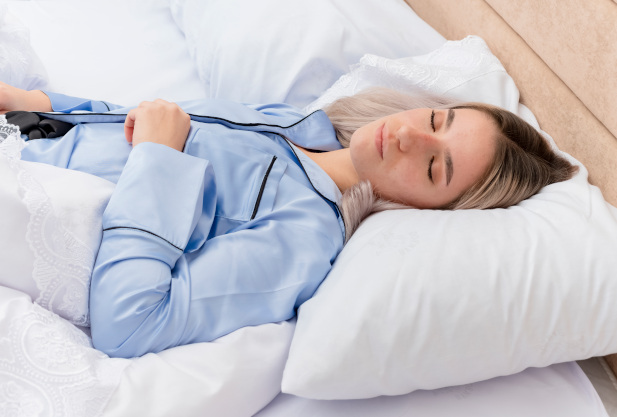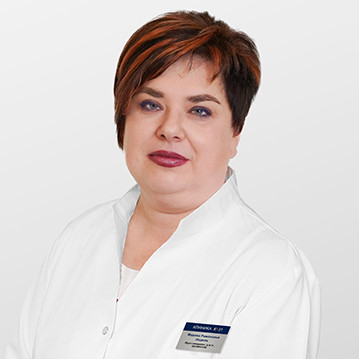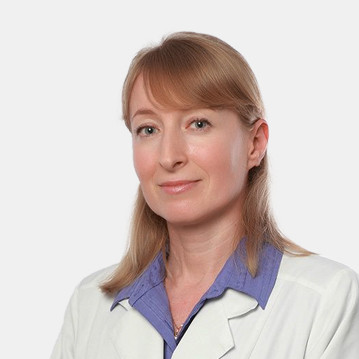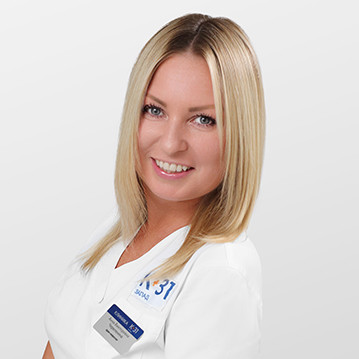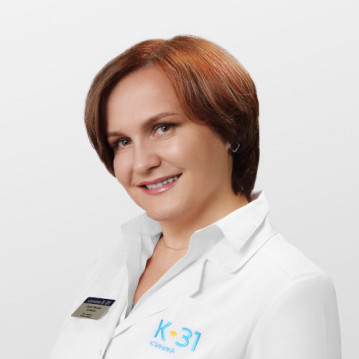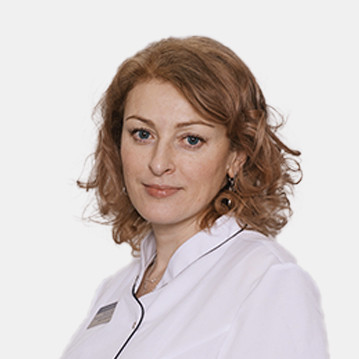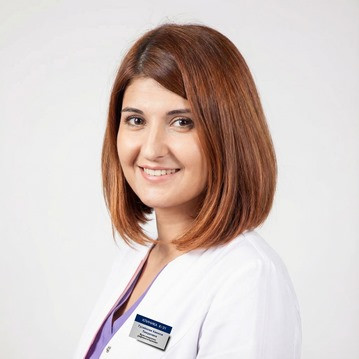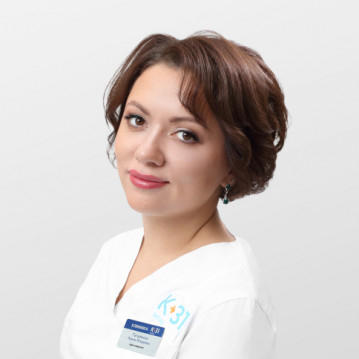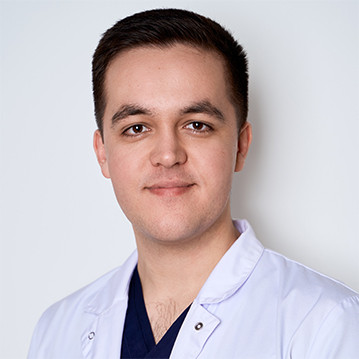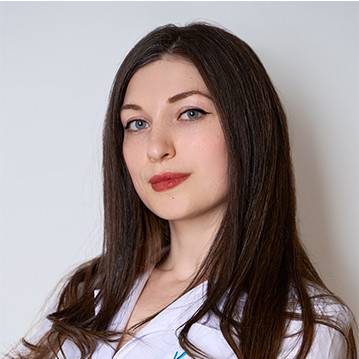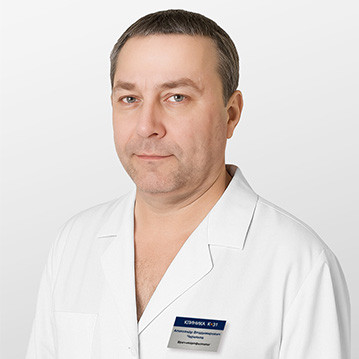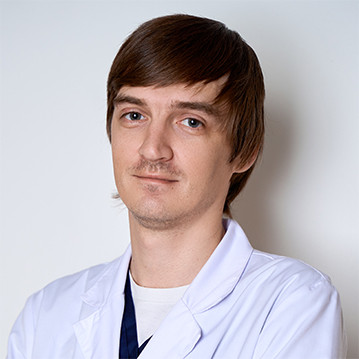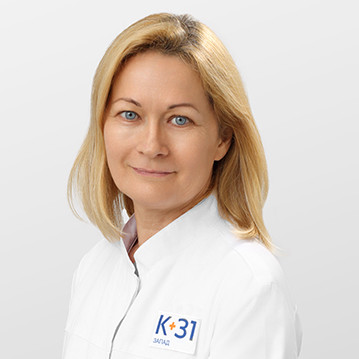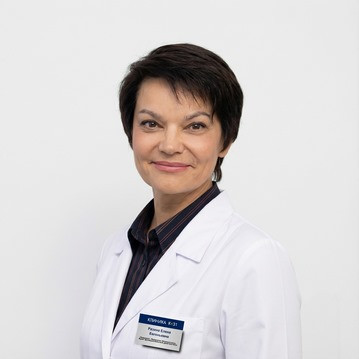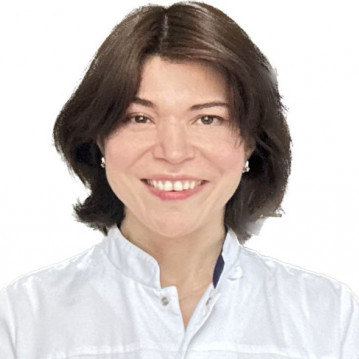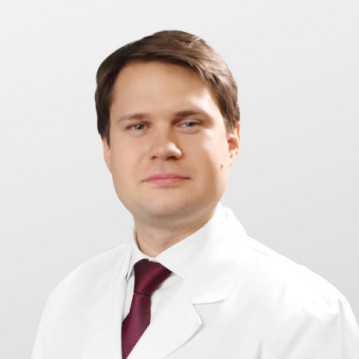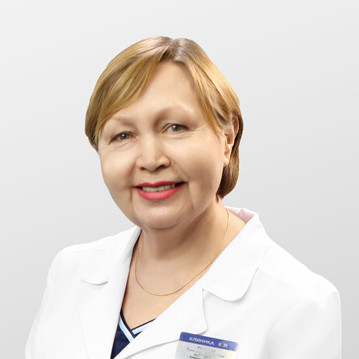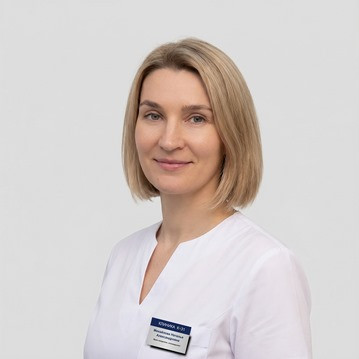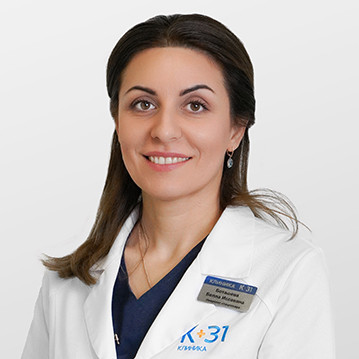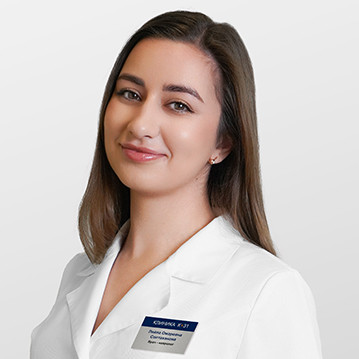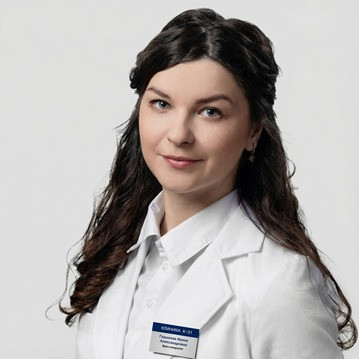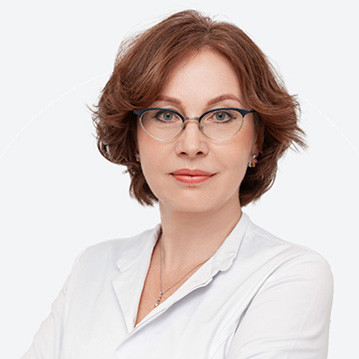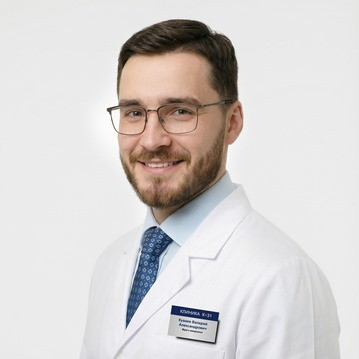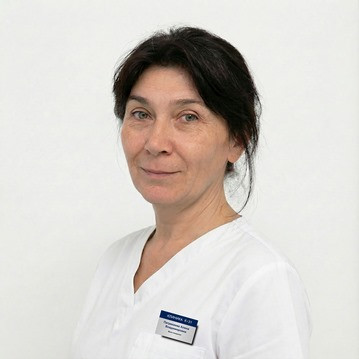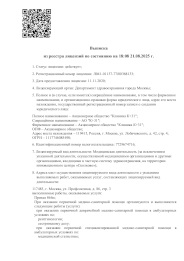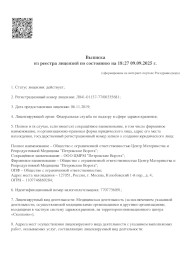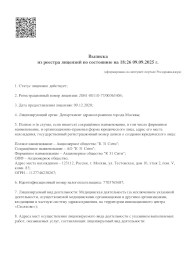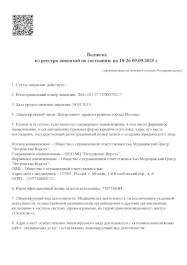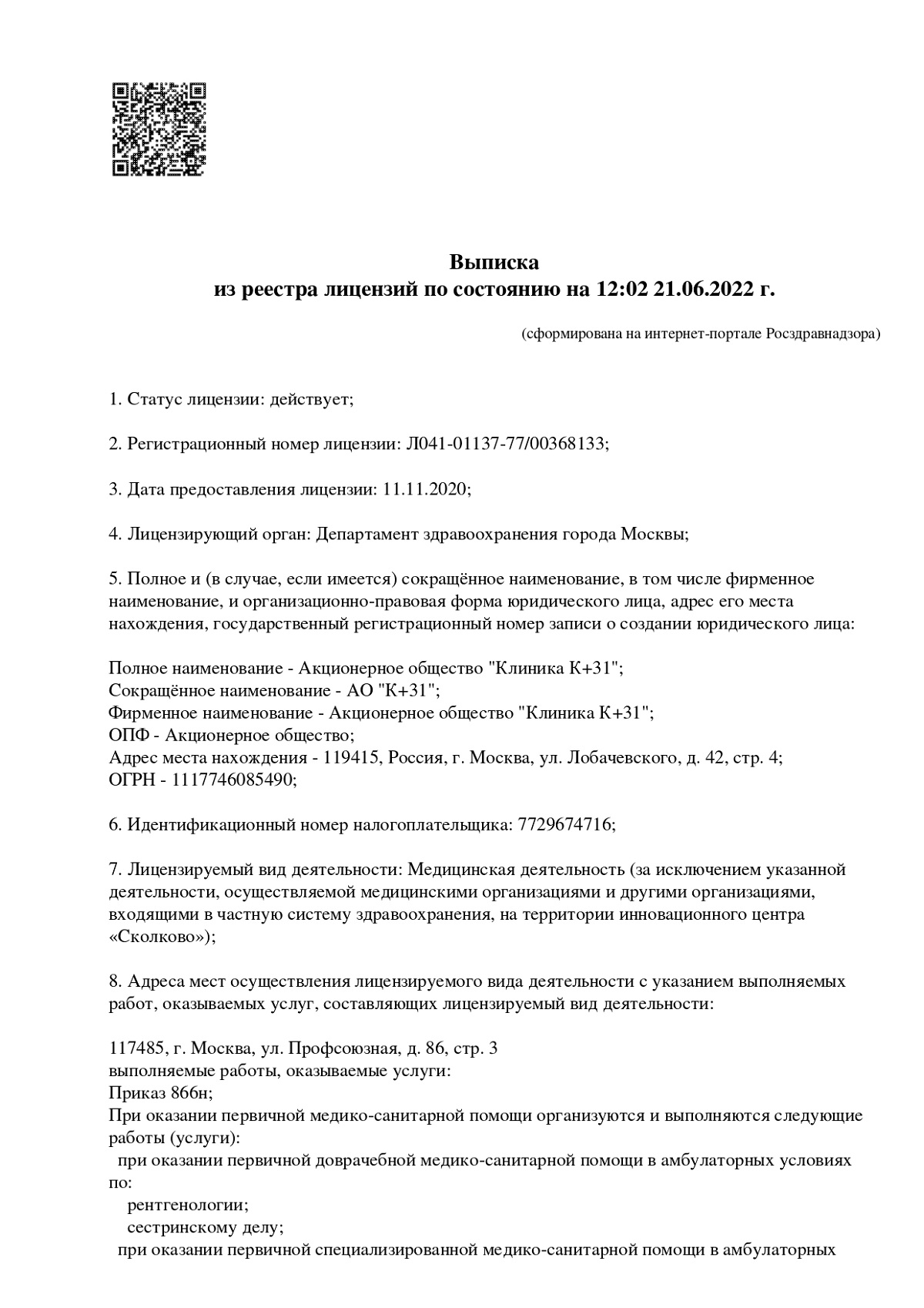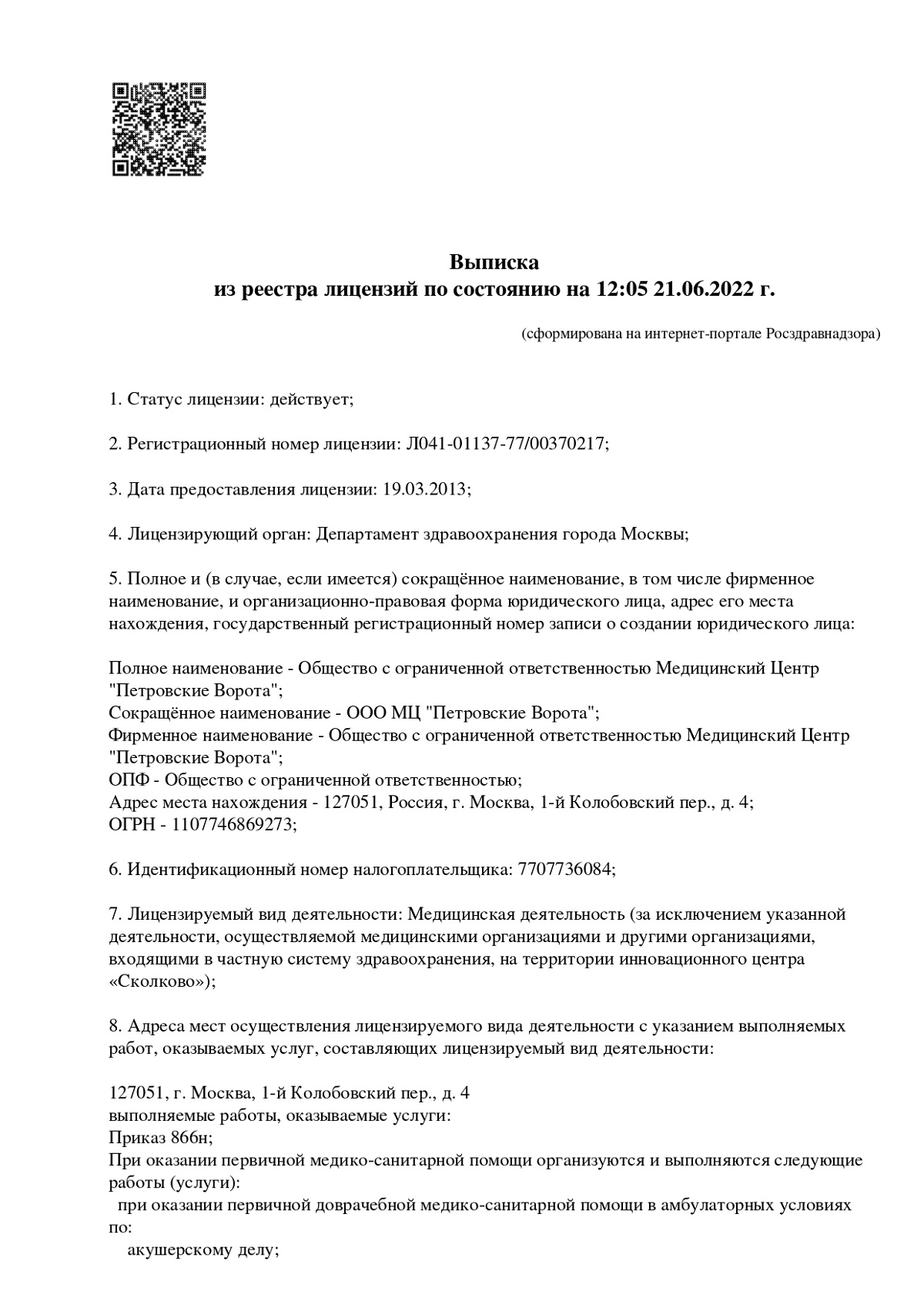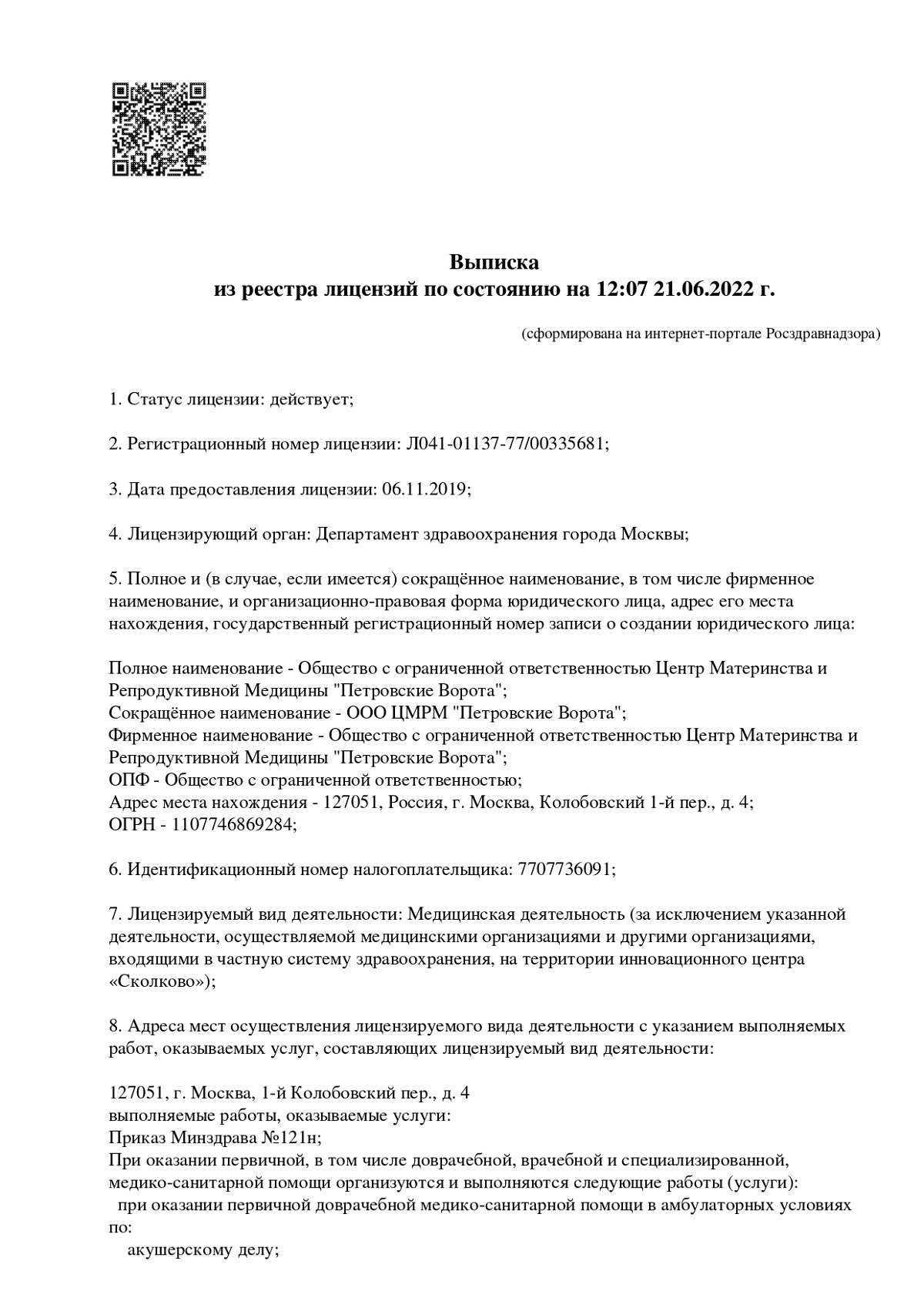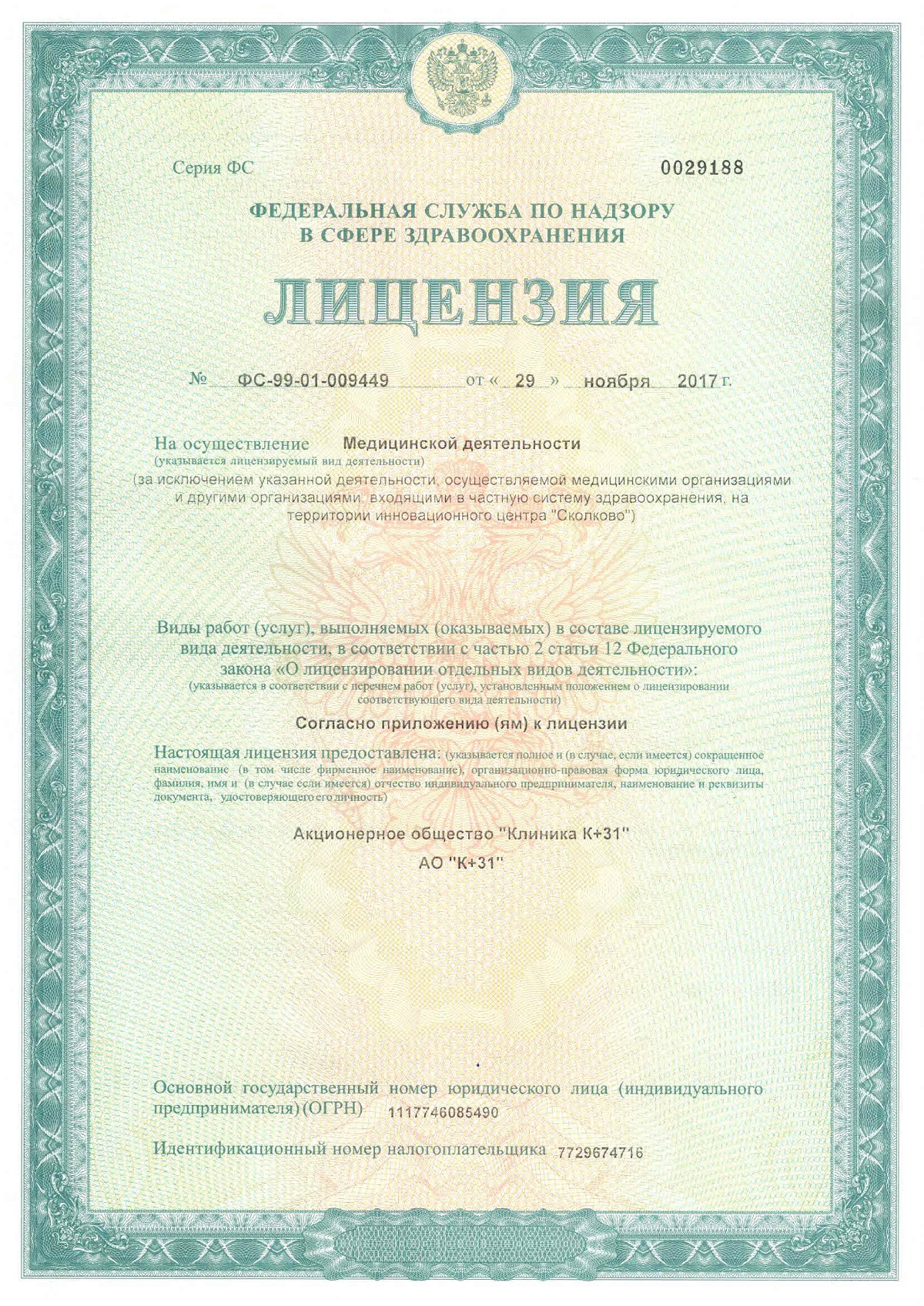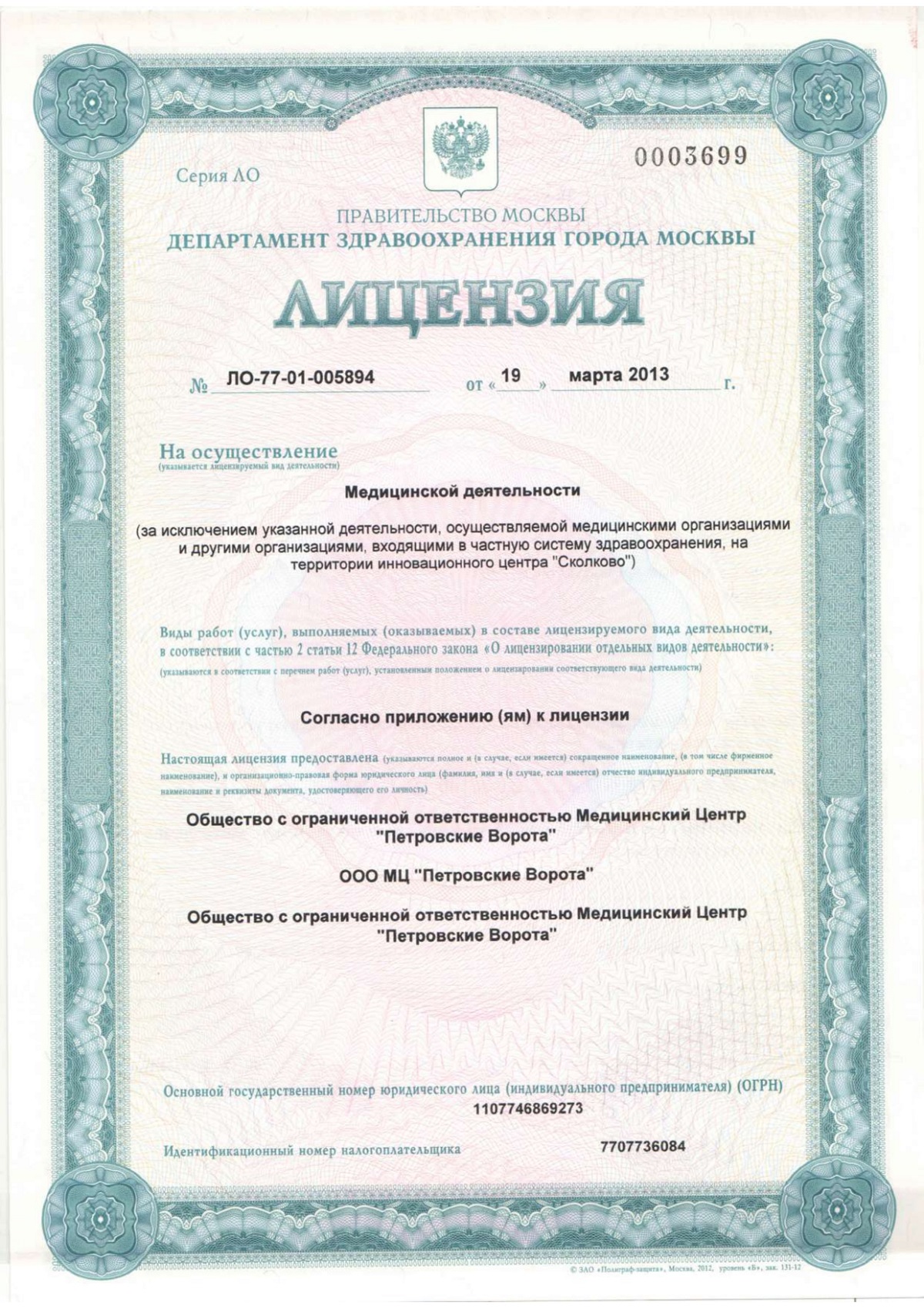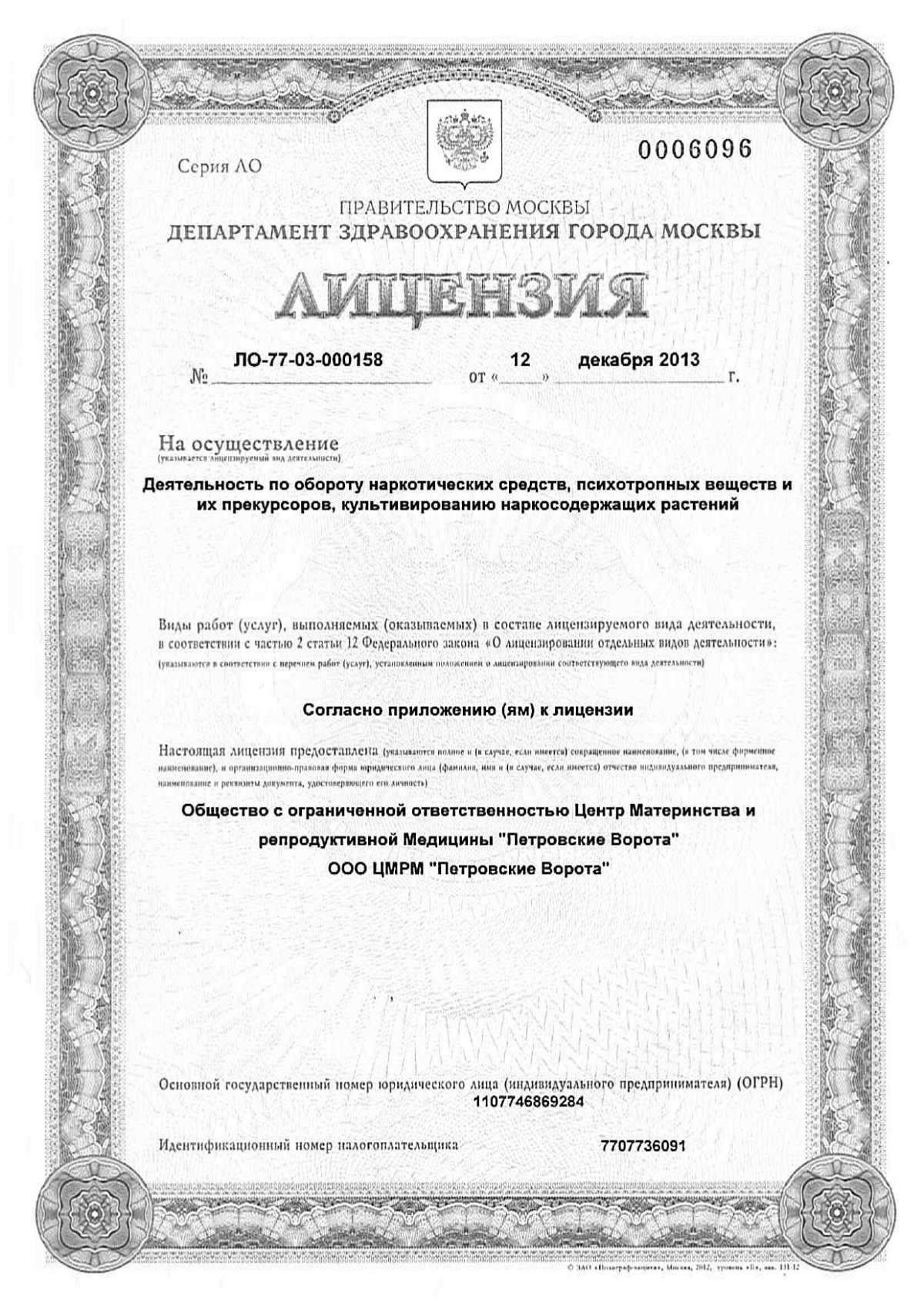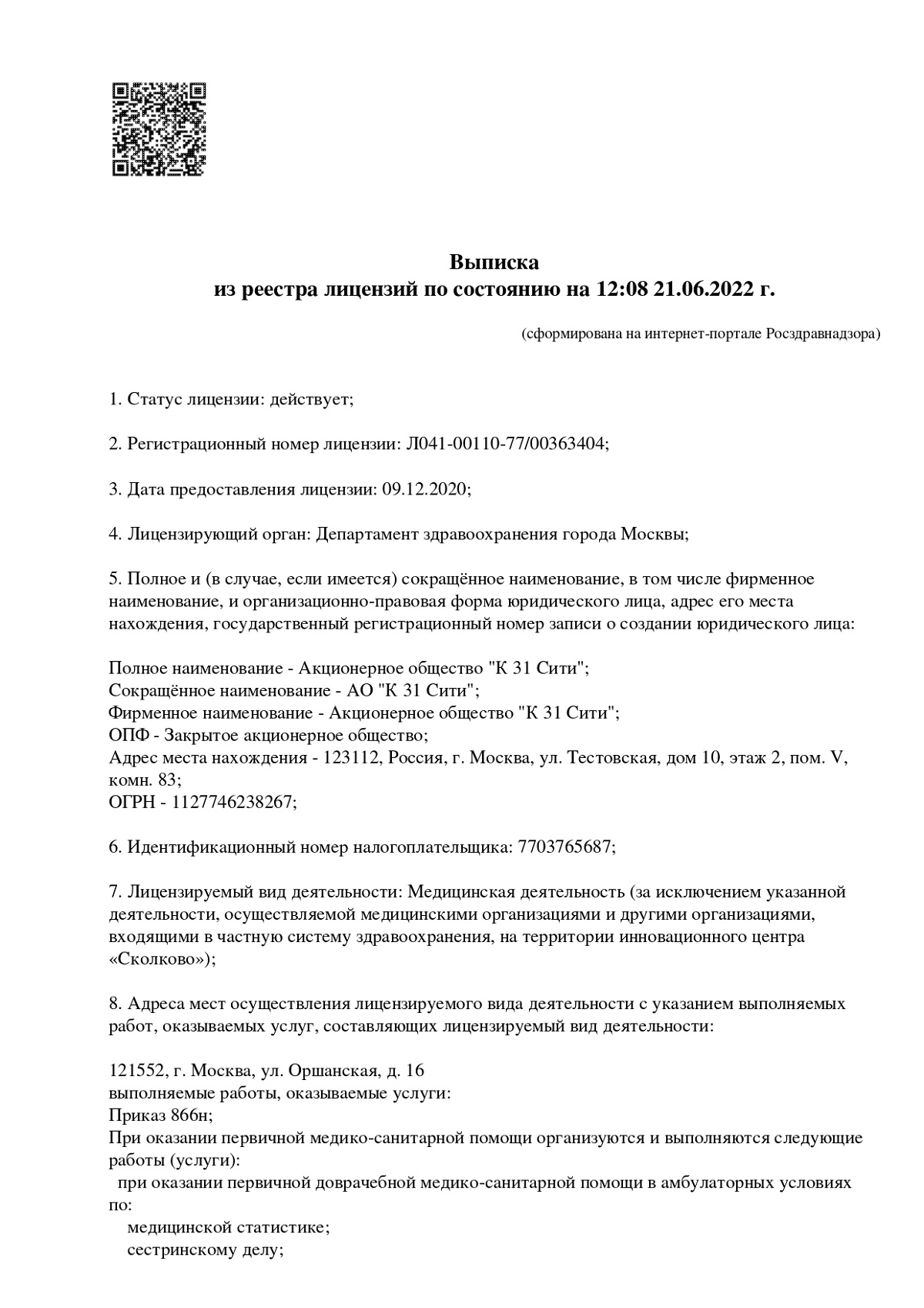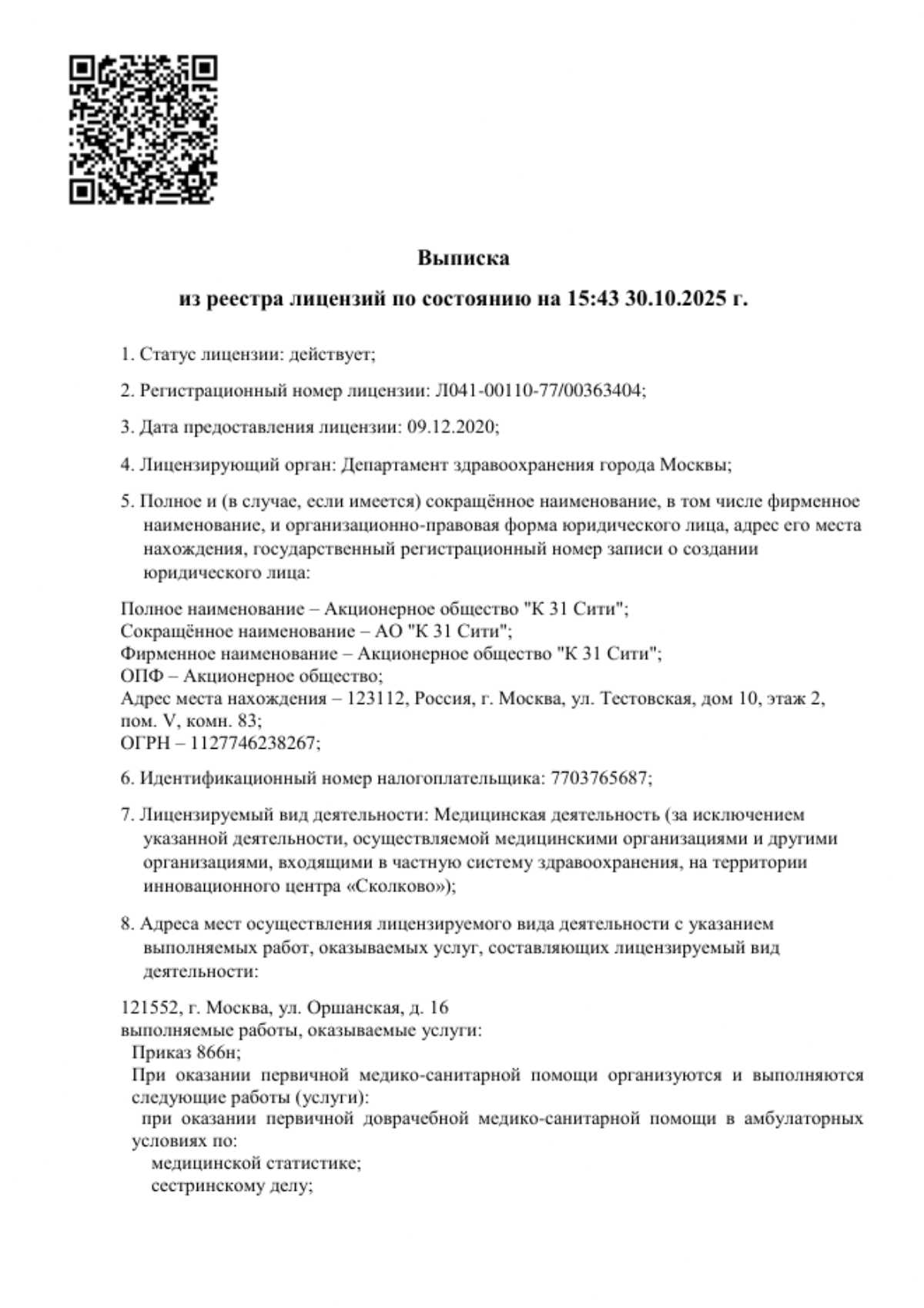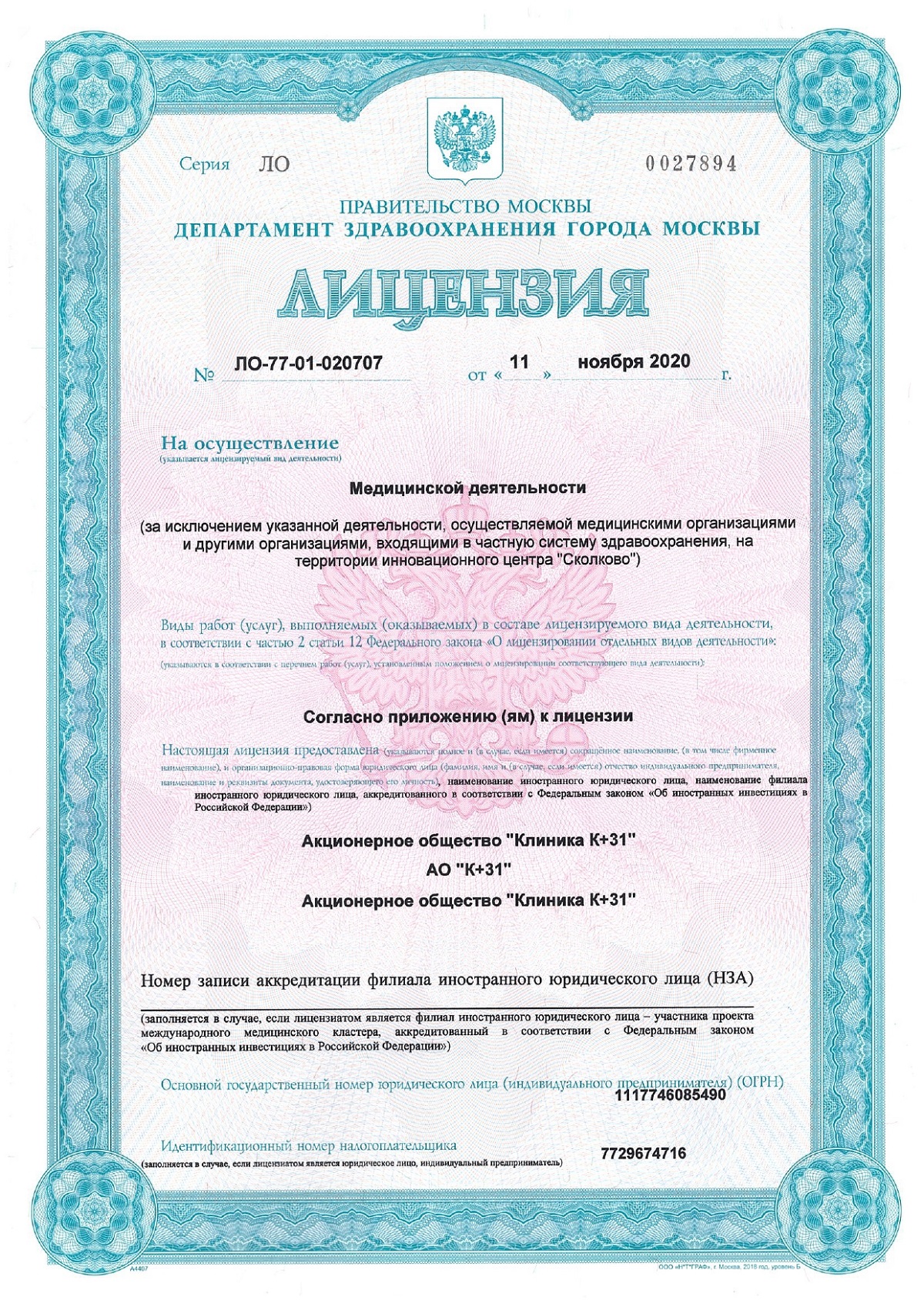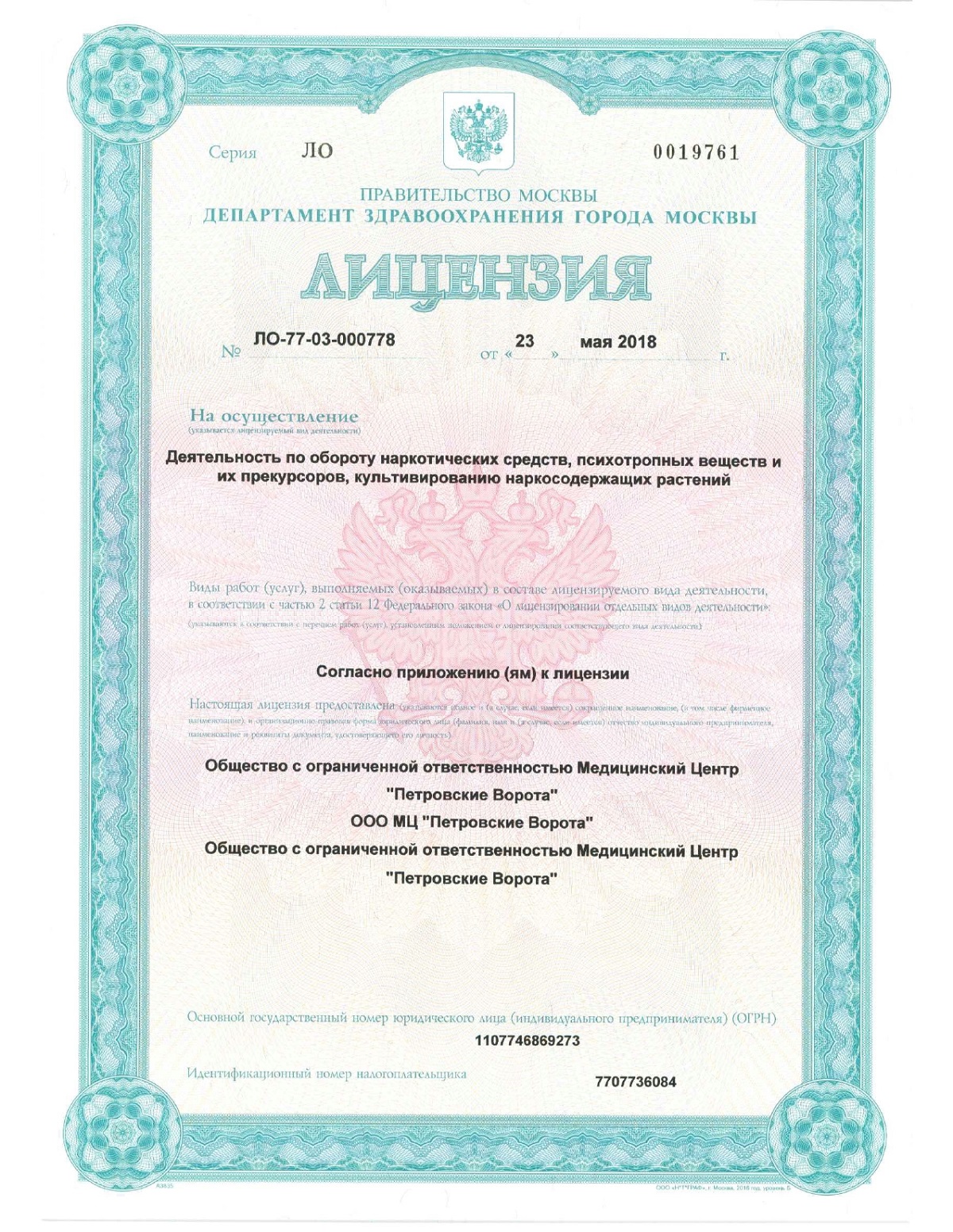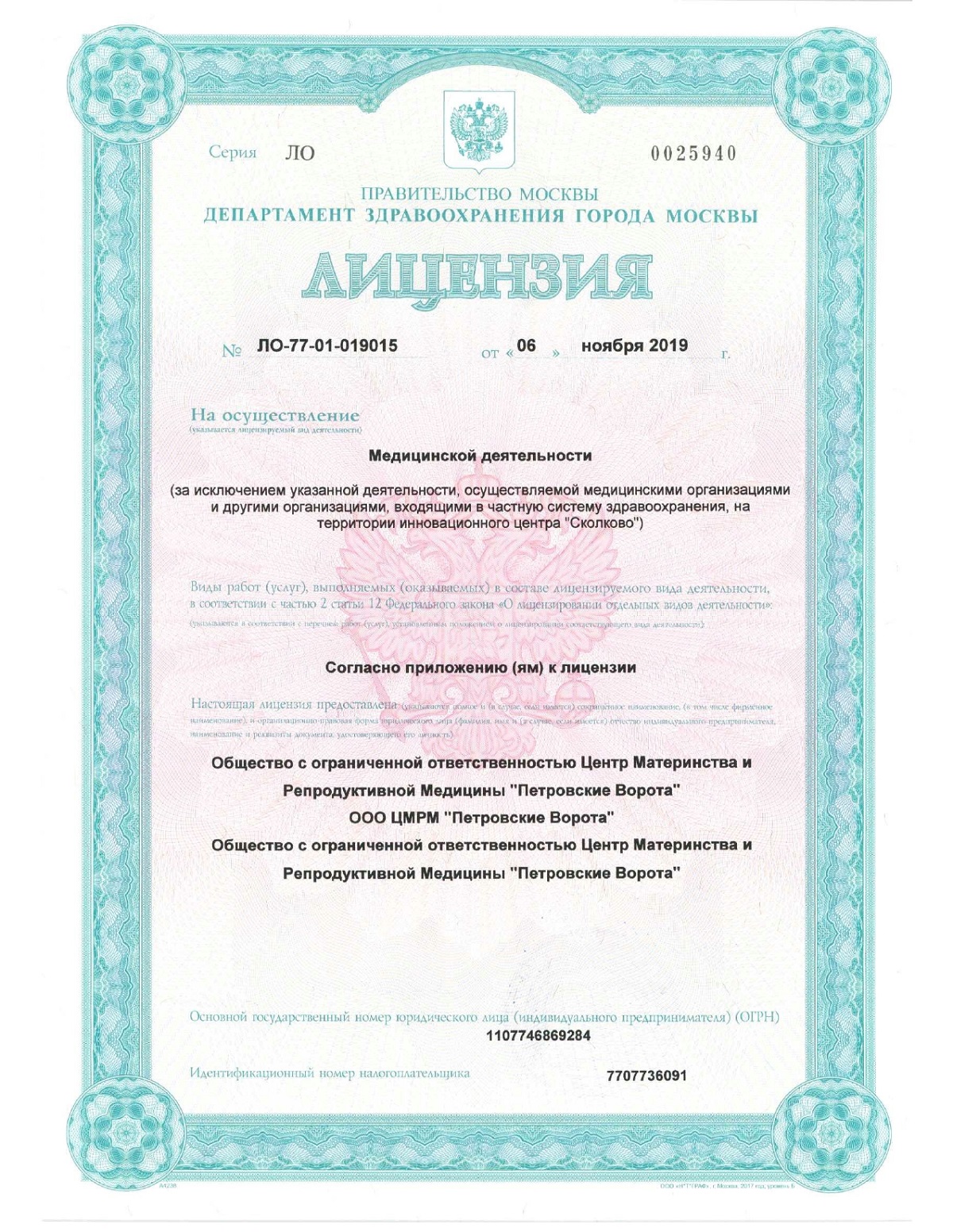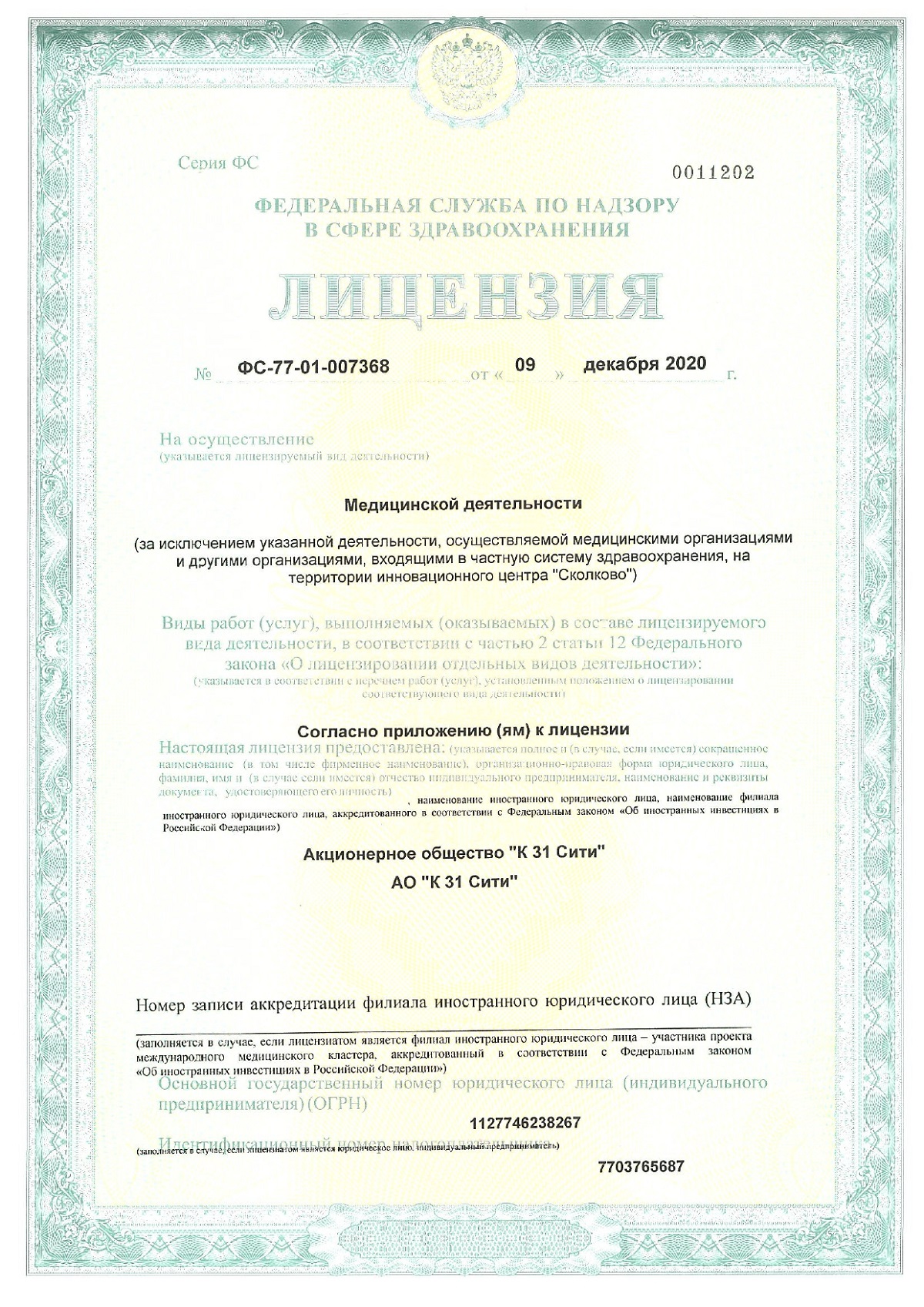Cardiorespiratory monitoring
In the K+31 clinic you can undergo cardio-respiratory monitoring. This examination is a long-term recording of cardiac and respiratory parameters in a sleeping person. This procedure allows you to accurately diagnose the duration and intensity of snoring, the frequency and duration of breathing pauses during sleep.

specialists

equipment

treatment
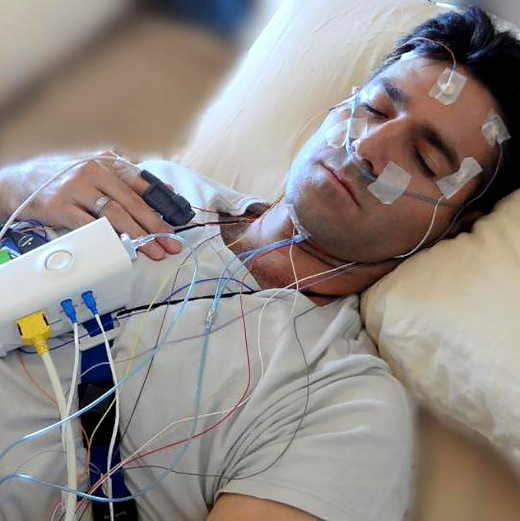
About the service
Cardiorespiratory monitoring is an innovative diagnostic method. It allows you to evaluate the functions of breathing and the functioning of the cardiovascular system under conditions of rest and activity, and especially during sleep. The study is carried out in completely safe conditions. The equipment works automatically. The devices used are compact in size, which allows the patient to move freely and even sleep without any restrictions.
Modern devices allow real-time monitoring of various body functions: from pulse and blood oxygen saturation to the speed of air passage through the respiratory tract.
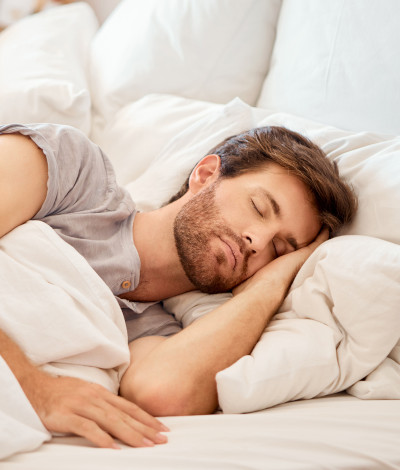
- Symptoms of apnea (snoring, feeling tired after a good rest, breathing pauses).
- Neurological manifestations (morning headaches, daytime sleepiness, mood changes).
- Symptoms of pathologies of the cardiovascular system (pain in the heart area, high blood pressure).
- Insomnia, which is characterized by frequent awakenings, sleep paralysis (sometimes) and difficulty falling asleep.
The main objective of this method is the detection and characterization of breathing disorders during sleep. This allows clinicians to assess the degree of ventilation, gas exchange disturbances and respiratory function.



Classification of sleep apnea
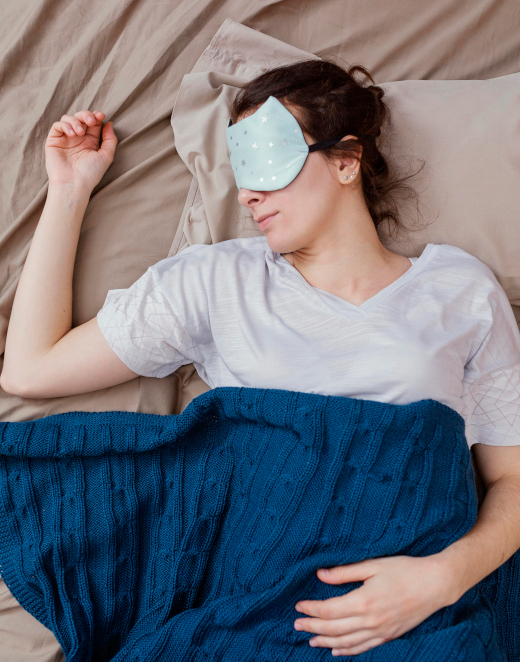
Doctors distinguish 3 types of sleep apnea - obstructive, central and mixed.
The first type occurs due to difficulty in the passage of air through the upper respiratory tract (this is due to relaxation of the muscles of the pharynx and larynx). Against this background, the gas composition of the blood changes, and the respiratory center is stimulated to awaken.
Such a violation leads to:
- Chronic lack of sleep
- Disturbance of biological rhythms
- Hormonal changes
In the long term, this increases the risk of developing arterial hypertension, myocardial infarction and coronary heart disease.
Central apnea is caused by problems with the respiratory center in the brain, which is responsible for regulating the breathing process. This disorder leads to pulmonary hypertension and, as a result, to failure of the right chamber of the heart.
Mixed apnea combines features of both of the above forms. In this case, patients complain of symptoms characteristic of obstructive and central apnea. This disorder is more difficult to diagnose and treat.
To accurately diagnose and determine the type of apnea, specialists often resort to cardiorespiratory monitoring. This method allows not only to determine the cause of the disorder, but also to develop an effective treatment plan.
Features of the study
At the center of the human body are two key organs: the heart and the lungs. To evaluate their work respiratory monitoring is used. With its help, the following indicators are assessed:
Saturation (saturation of blood with oxygen). This is a key indicator that allows you to understand how effectively the lungs enrich the blood with oxygen and transfer it to organs and tissues
Heart rhythm. Heart rate tracking allows you to determine how regularly and efficiently your heart is beating
Respiratory activity. By analyzing the movements of the chest and abdomen, it is possible to determine the depth of breathing and the level of air flow
Snoring intensity. This indicator indicates problems with the passage of air in the upper respiratory tract
Sleep apnea. Recording the time and frequency of respiratory arrests helps to understand their causes and clarify the degree of danger to the body
Dynamics of the pulse wave. This is a change in the volume of blood in the vessels during heart function. The study allows us to identify disturbances in the functioning of the cardiovascular system
Using the cardiorespiratory system, doctors not only determine the presence of problems, but also identify their causes. This approach to diagnosis makes it possible to identify potentially dangerous disorders at an early stage.
To the attention of patients! General information for the cardiorespiratory monitoring procedure
Advantages of home cardiopulmonary monitoring
When it comes to diagnosing and managing conditions related to the cardiac and respiratory systems during sleep, Home cardiorespiratory monitoring is a key tool. Its advantages include:
Painless and no risk. This is a completely non-invasive method that guarantees no inconvenience or risk for the patient.
Comfort. This method allows monitoring to be carried out in a familiar home environment. This approach makes the process less stressful and allows you to obtain more accurate data
Accurate assessment of sleep apnea. Monitoring at home allows you to analyze in detail breathing disorders during sleep, determining not only their presence, but also the degree of severity
Ease of preparation and lack of rehabilitation. Patients do not require special preliminary preparation before starting the procedure. There is also no need for a rehabilitation period after its completion.
Maintaining the natural rhythm of life. This method allows patients to continue their daily lives without restrictions or interruptions.
Thus, home cardiorespiratory monitoring is a reliable, convenient and accurate method for monitoring and diagnosing disorders associated with breathing and heartbeat during sleep.
Our doctors

This award is given to clinics with the highest ratings according to user ratings, a large number of requests from this site, and in the absence of critical violations.

This award is given to clinics with the highest ratings according to user ratings. It means that the place is known, loved, and definitely worth visiting.

The ProDoctors portal collected 500 thousand reviews, compiled a rating of doctors based on them and awarded the best. We are proud that our doctors are among those awarded.
Make an appointment at a convenient time on the nearest date
Price

